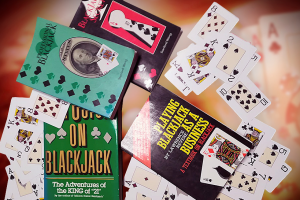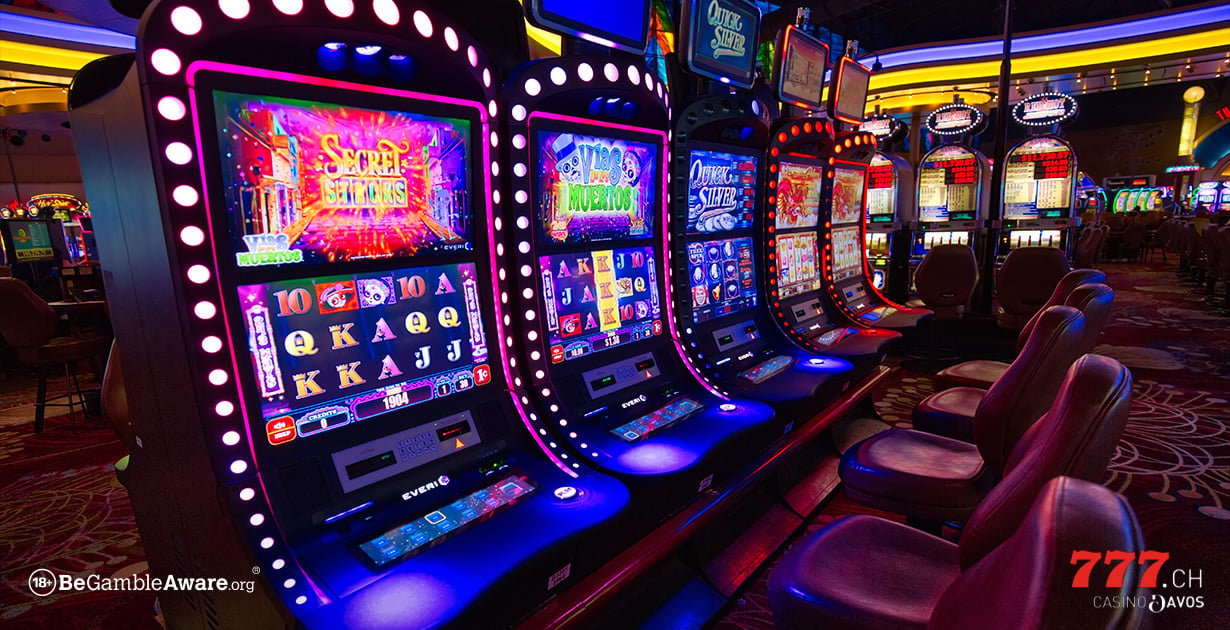Tournament poker
The strategy (for the meaning of strategy and tactics see the blog “Poker Cash Game or Tournament Poker? Part I“) poker tournaments depend on the limit structure, the poker variant, the type of tournament and the steepness. It is also important to consider the different tournament phases: These rules of thumb refer to tournaments with about 100 participants or more.
The early phase
At the beginning of the tournament, the forced bets (blinds, antes or bring-in) are still small compared to the starting chips. Therefore, a patient game, where only very good starting hands are played, is advisable. (This is also known as “tight”). On the Internet or in specialist literature, there are very good lists of the quality of the starting hands for the different poker variants. However, an important characteristic at this stage is also to be able to part with a good starting hand in subsequent betting rounds when you encounter strong counterplay. For example, Texas Hold èm no limit raises with AK and hits AK on the flop. The bet is followed by a raise from player B that would greatly reduce the stake if you lose the hand with the two pair. If there is neither an ace nor a king on the turn, and player B plays all in, this could mean an early end to the tournament if B hits the flop three of a kind. Bluffs and stealing the forced bets should be used very carefully and infrequently at the beginning of the tournament.
The Middle Phase
When a few hours have been played and one to two thirds of the participants have dropped out of the tournament, the size of your own stack is an important basis for your game strategy. With small stakes – especially in good position you should try to steal the blinds. Now it is no longer just a matter of staying in the tournament, but also of securing a good stack. It’s better to quit early, but keep the opportunity to get to the final table than to wait for the monster starting hand and lose your stack through forced bets. If you’re lucky enough to be able to play with a high stake at this stage, you need to be more cautious. The key to the final table is to defend your high stack, because you can wait longer for a promising situation to arise.
If you have the image of a tight player at the table, you can bluff once in a while.
The phase just before the money
Shortly before the money ranks, the chip levels are of course very different. Many players try to fold into the money. Some players trust the “ten to one rule”, which means that if your stack is at least ten times the size of the all-in player’s stack, an all-in call will be made regardless of the quality of your hand. Of course, you have to make sure that there isn’t another big stack behind you.
On the other hand, it’s right not to raise with less than ten big blinds, but to go all-in immediately with many hands. Again, the literature and the Internet offers good information for each poker variant, from which hand an all-in is correct.
But no matter who it hits, being the last player to drop out of a tournament before the money is most unpleasant.
The Last Phase
If you have had the skill, patience and luck to land in the money ranks, the goal must be to get as far as possible and earn as much as possible. The tactics are now based on the motto “bust or succeed” – win or lose. The fewer opponents in the tournament, the less time there is for tactical skirmishes, there are more all-in raises, the raise should be taken into account when making a call so as not to give away chips and not to be in the game for another round.
Playing against the trend
Many good poker players do not recommend adapting to the table, but rather playing tightly at aggressive tables and playing aggressively against players who play very patiently. This, of course, includes building your image at the table and in the tournament. If you have a reputation for playing with bomb hands only, a bluff is much more likely to succeed than if you play almost every hand.
Tournament Poker Variants
In No Limit variants, much more than in Pot Limit or even Split Limit tournaments, as long as you can own a chip and a chair, there is still hope. I’d like to briefly explain how to include special tournament variants in your considerations:
Knock Out Tournaments
In KO tournaments, a part of the entry fee goes into a “bounty”. These bounties are awarded to the player who removes another player who has no more chips from the tournament. Therefore, position and timing are more important at every stage of the tournament, especially in “progressive” tournaments – whether it’s a physical tournament or an online casino.
More day tournaments
Large tournaments that run over several days usually have a flatter structure, so more patience and only a few hands to play are required. In these tournaments, psychology plays a bigger role because you’re sitting at the same table with the same players for longer.
Shoot Out Tournaments
Shoot Out tournaments are played with many single tables, where usually three players advance to the next round. This prefers players with short hand experience and requires that these situations are known and controlled by the players.
Tournament Poker Conclusion
There are many other strategies like the Inflection Points or the M-Factor according to Dan Harrington and alternatives. Mostly it is about the connection between the current blinds and the stack. For more in-depth information you should consult the specialist literature. In principle, the steeper the tournament, the greater the luck factor. It is also important to specialize in just a few tournament and poker variants, because experience is of immeasurable importance in addition to all theory in important tournament situations. But until you have found your favorite tournament game, use the offer of Casino777.ch and stay curious!








